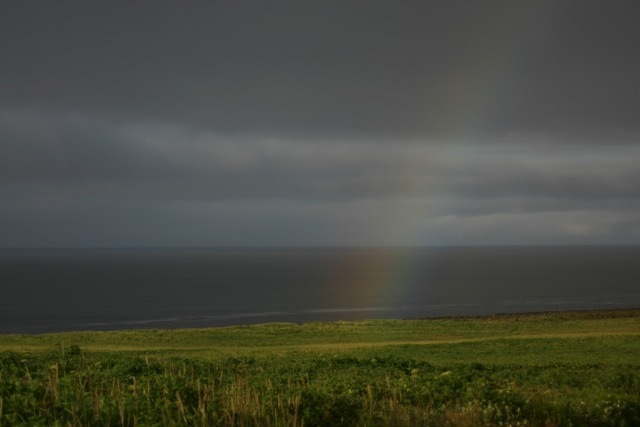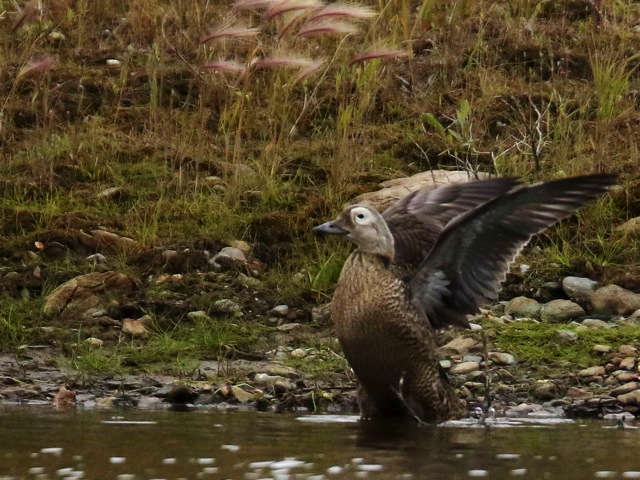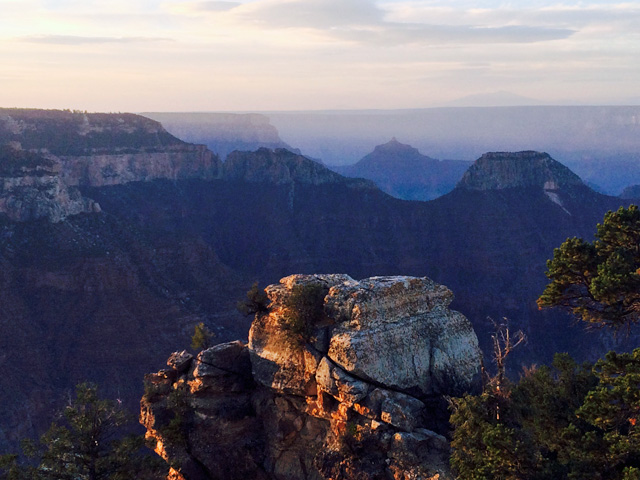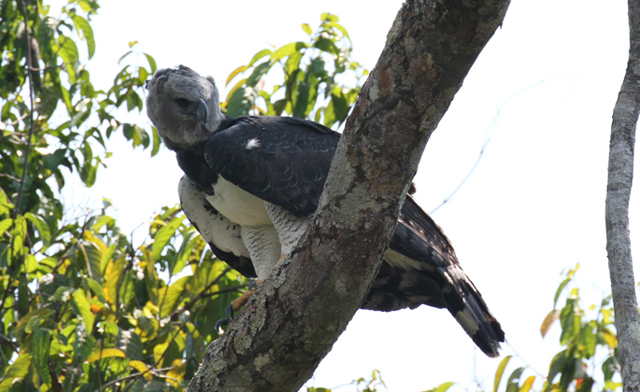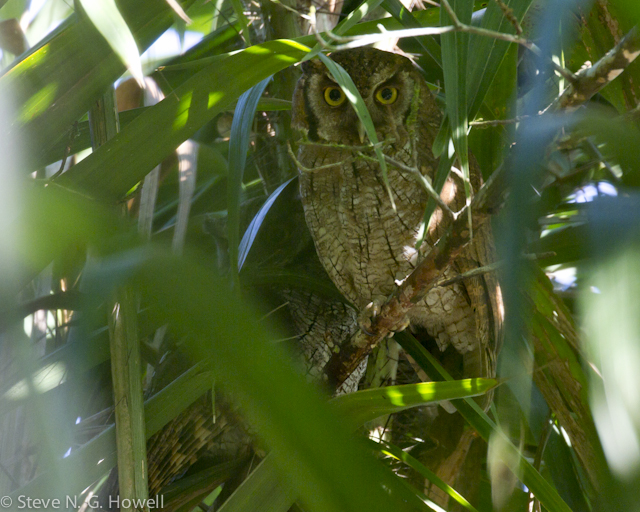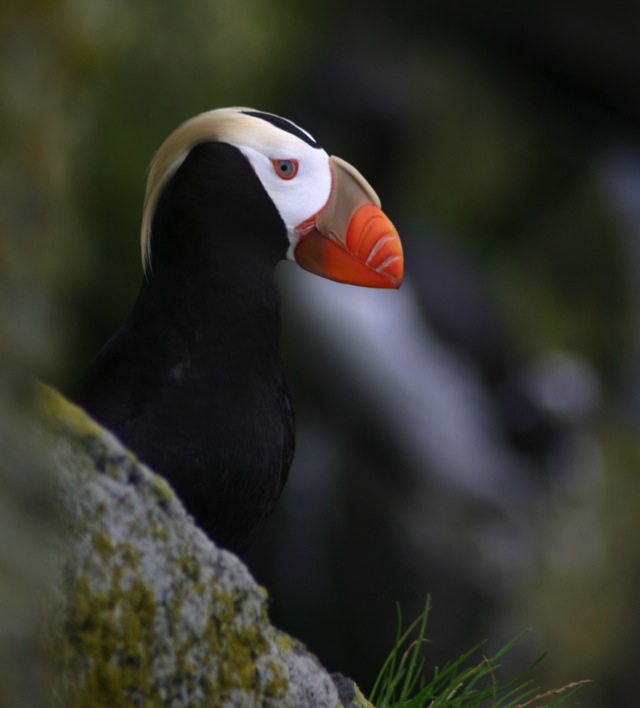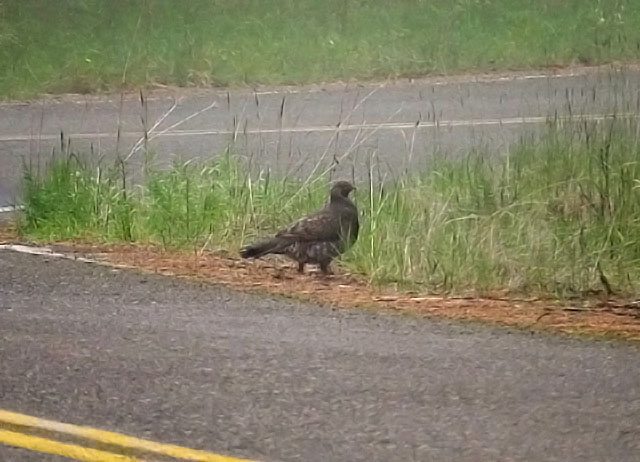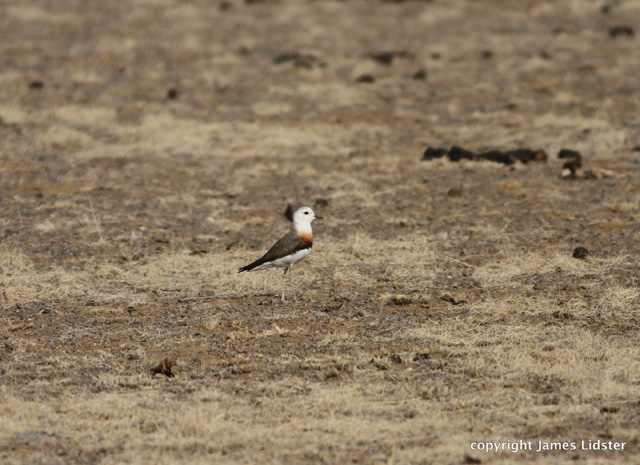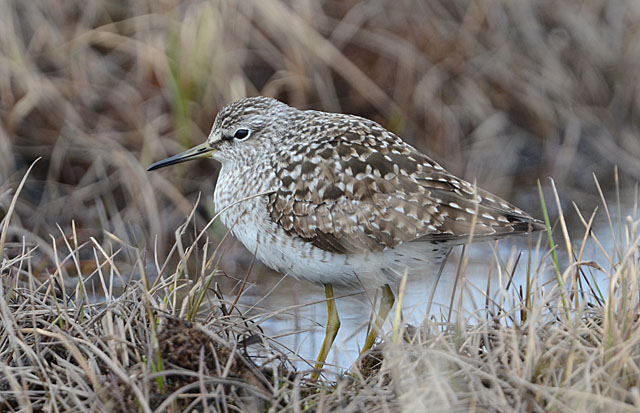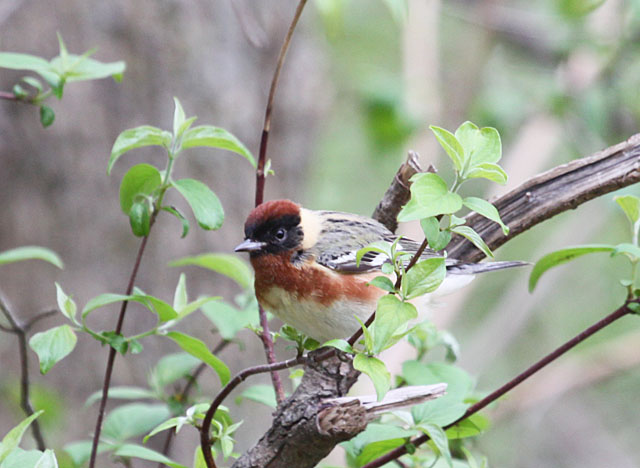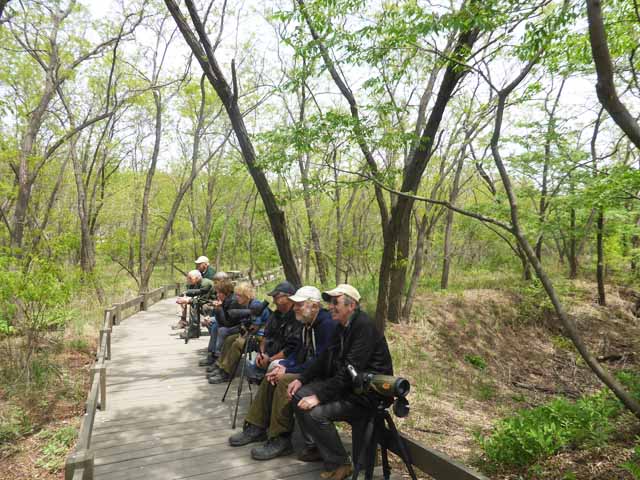Reports From the Field
Sep 7, 2015
Rich Hoyer and Fabrice Schmitt on their just-concluded tour to Brazil: Marvelous Mato Grosso.
Aug 2, 2015
Jon Dunn on the conclusion of his tour, Maryland and West Virginia: Birding the Civil War
Jun 30, 2015
Gavin Bieber on his and Jake Mohlmann's just-concluded tour, Alaska: The Majesty of the North
Jun 10, 2015
Jon Dunn on the conclusion of his, Gavin Bieber and Rich Hoyer's tour to Alaska: Gambell and Nome
© 2025 WINGS Birding, Inc.
